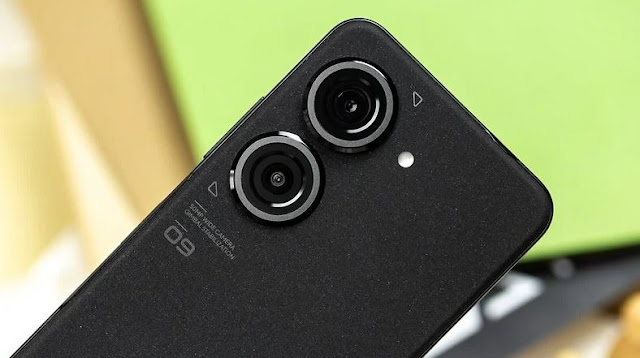There was a period when mobile phones seemed to only become smaller, and some of us still fondly remember a time when we could easily carry our phones in our wallets or purses. If we want a flagship smartphone in this day and age, we are almost always forced to settle with a behemoth with a glass front and back. Devices such as the Asus ROG Phone 7 certainly aren't bashful about their size and weight. Asus is also releasing the Zenfone 10, which features a body that is more smaller than its predecessor and a screen that measures 5.9 inches but maintains the same level of performance.
The phone is a joy to use and carry because to its CPU, cameras, and a large variety of color options. Additionally, the phone comes in a variety of colors to choose from. And while it is necessary to make certain concessions in order to keep things compact and pocketable, I can attest that the Zenfone 10 is an excellent choice for you if you are the type of person who values a device's ability to fit comfortably in your hand and in your pocket.
| Feature | Description | ||||||||||||||||||||
|---|---|---|---|---|---|---|---|---|---|---|---|---|---|---|---|---|---|---|---|---|---|
|
Pros
- Great performance in a small formfactor
- High refresh rate screen perfect for gaming and apps
- Freedom to customize close to stock
- Headphone jack
Cons
- Pinhole camera in screen
- Lopsided bezels with aggressively rounded corners
- Staggered launch with no US release date
- No carrier support
ASUS Zenfone 10: Design & Display
The 5.92-inch 1080p OLED fast refresh rate display shines. Asus has reduced their 144hz screen to 120 FPS for typical use. The refresh rate can be boosted to 144Hz in games that support it, but only there. It doesn't worry me that we can only use 120Hz daily. As expected, it saves some battery compared to peak use, but most users won't notice. Only the camera cutout and round corners bother us about the screen. Even if rounded corners are cute, I like the full screen. This is why we dislike camera punchouts. The Zenfone 10's bezels aren't thin because the chin is wider than the forehead.ASUS Zenfone 10: Cameras
Both shots are good, although some may prefer the Galaxy S23's brighter, crisper one over the Zenfone's darker, softer one. Zenfone 10's main camera's 6-axis hybrid gimbal stabilizes footage 1.5 degrees in either direction. This eliminates swaying when I use two phones to take video, making Zenfone panning smoother. This sculpture outside Wallace Collection tested Zenfone's ultrawide camera. The Zenfone 10 and Galaxy S23 struggle to snap good photos of the sculpture's dark but polished surface. Samsung's brighter photographs seem better from afar. Zooming in on the Zenfone photo shows more. The S23 shows feminine models' garment folds, while the Asus phone sharpens them. Zenfone selfie camera resolution was updated to RGBW instead of RGGB, which boosts light and reduces noise.
ASUS Zenfone 10: Performance & Battery
The brand benefits from standard UFS 4.0 modules in all storage configurations. I didn't see much of a difference in battery life between the Zenfone 10 and last year's 4300mAh battery. I used the Zenfone 9 for almost a day, which is good. Even on heavy use days, I never worried about the battery running out before bed. The Zenfone 10's 15W Qi wireless charging is a nice addition this year. The capability takes too long—over two hours in this case—but many customers require it, so it's fantastic to see ASUS offering it to the device. The 30W charger and software options to extend battery life are included, and the cable charging tech is unaltered.




















0 Comments